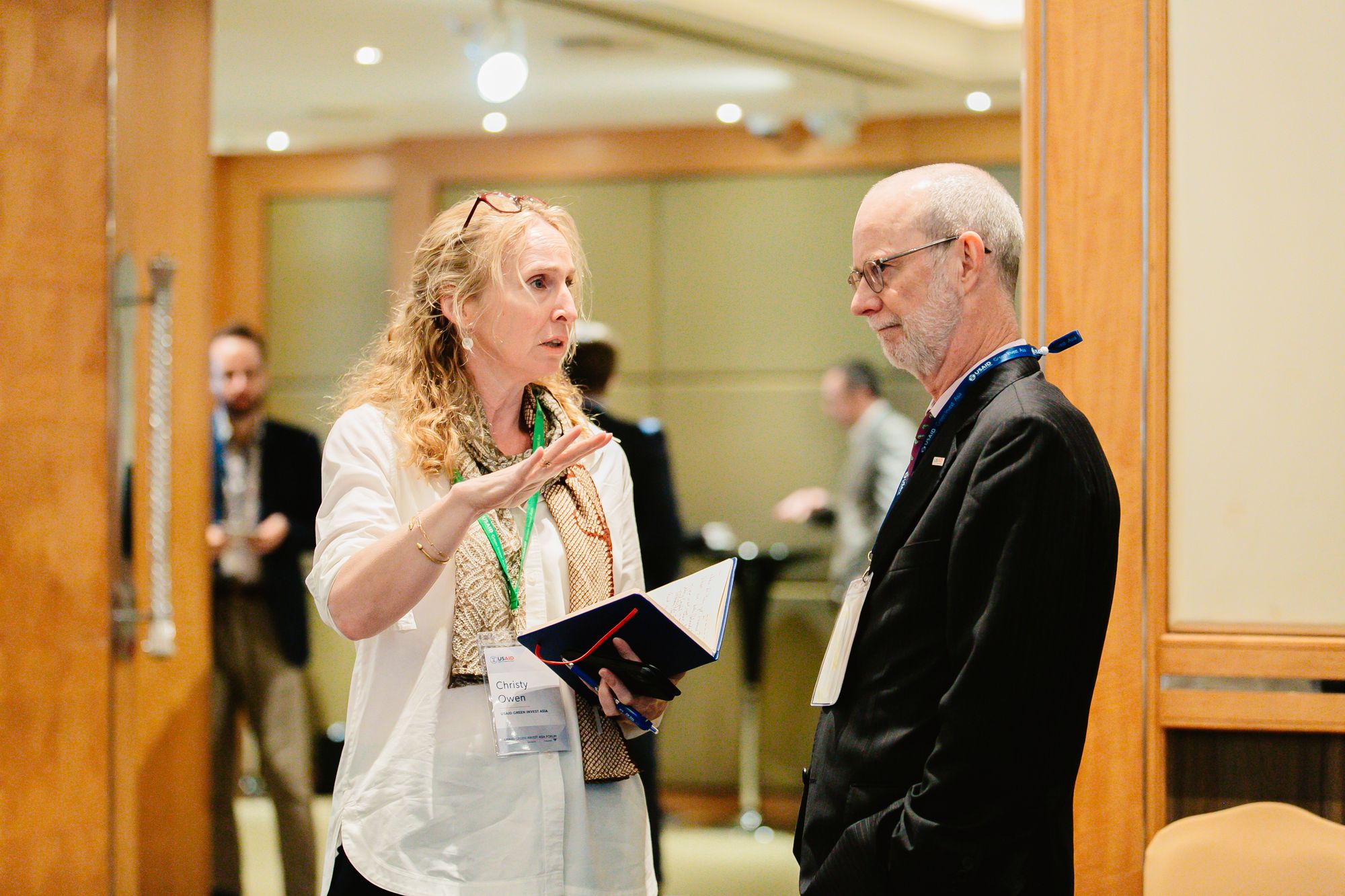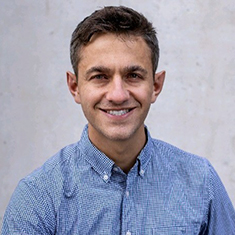In 2021, DAI introduced an internal innovation competition that saw 17 technical teams across the company compete for funding to support high-potential development tools and approaches; the six successful candidates spent the second half of the year piloting their ideas. Kimberly Keeton discussed one of these successful pilots with Rhi Gulick, a technical expert in the natural resource management, energy, and climate change team.
You and your colleagues developed a new climate adaptation tool called MuniCAT. What is it?
“MuniCAT is a benchmarking tool that helps local governments consolidate, understand, and apply information about climate change in order to take better action on the ground. It helps them understand the skills and capacities they need if they are going to contribute to national adaptation efforts and support their own constituents and communities. By measuring these capacities, MuniCAT helps local governments understand not only what kind of skills they need, but also helps them identify where their capacity falls short, and where external support or other resources would be most effective at supporting adaptation.”
What drove you to develop a tool like this?
“Our natural resource management (NRM) team brainstormed some ideas, and originally I thought the tool would be more like a vulnerability assessment, but we realized that there are already enough tools out there to identify vulnerabilities; the challenge is understanding not just how to address vulnerabilities, but what kind of skills governments might need to do that effectively.
“I worked closely with a few colleagues—Shannon Vasamsetti from the Climate Change and NRM team, and Colin McCabe from the Governance team—to develop the framework for the tool. We then held co-creation sessions to refine it and engaged with one of DAI’s projects in Guatemala, USAID Nexos Locales, to update the tool for the Guatemalan context and pilot it.”

After piloting the tool in four municipalities, the team plans to expand to all 22 Nexos Locales municipalities in the Western Highlands of Guatemala. Photo: USAID Nexos Locales.
What gap does MuniCAT fill?
“There are so many tools out there focused on climate adaptation:
- Community-level planning tools for resilience to help households better prepare for climate shocks and stresses;
- Hazard maps and vulnerability assessments that highlight key climate risks, where they are most likely to have an impact, and which groups are likely to be disproportionately affected;
- Adaptation plans; and
- National-scale and community-level adaptive capacity frameworks that highlight the broad-scale strategic planning and prioritization capacities that a country or a community needs to develop long-term, high-level climate adaptation plans, and policies.
“What’s missing is a tool that helps municipal governments—the ‘middle’ layer between national planning and community action—understand which skills and capacities they need in order to support national adaptation efforts and serve their own constituents and communities. A municipal government not only needs to deliver high-quality services, it needs to have additional core capacities that allow it to adapt those services in the face of climate change. In many countries, it is this subnational government level where the rubber of adaptation planning meets the road of execution.
“MuniCAT aims to help fill this ‘missing middle’ by enabling municipal government to benchmark their skills and capacities against core adaptive capacity needs. These capacity needs include things like long-term planning and adaptive management; mobilizing resources to support adaptation—whether that be local resource mobilization or external funding; understanding climate information and potential climate impacts, and using that information to develop implementable adaptation actions that increase climate resiliency and support development; and, lastly, engaging municipal officials, staff, and citizens to bolster support for adaptation.”
What early results have you seen from the tool?
“The Nexos Locales team found the tool to be useful in understanding where their partner municipalities need capacity support, and there is interest to expand its use beyond the pilot. We are also looking at opportunities to test it in Honduras, as well as some other countries. In addition to being a tool in the climate change space, we also designed it to ‘nest’ into some of DAI’s existing governance tools, such as the municipal performance index, so that we have a concrete way to integrate adaptive capacity into broader municipal governance programming.”
How would you like to see MuniCAT used in the near- and long-term?
“There is a real opportunity to link together some of the work we have been doing in the climate space with the work we do in governance, and hopefully deepen the impact of both.”





